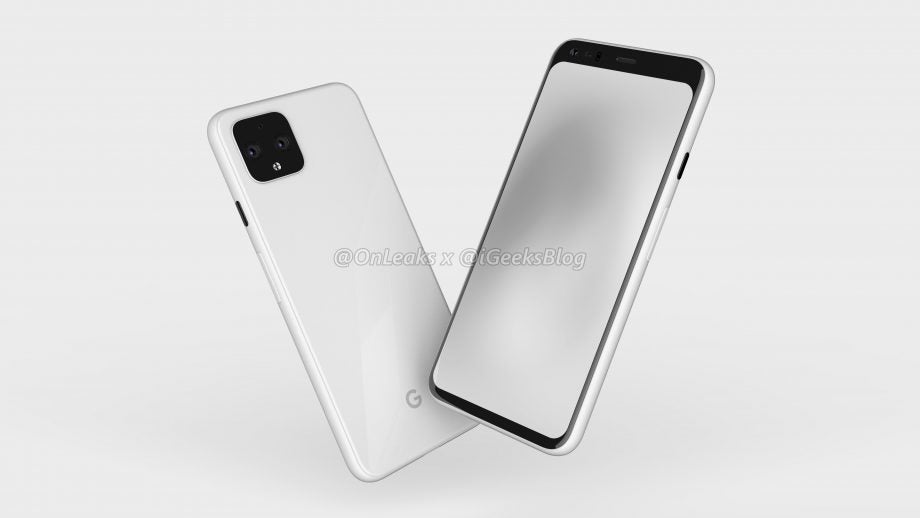Google Pixel 4 could adopt this key iPhone XS feature

A new Google Pixel 4 leaked render suggests the phone won’t have a physical fingerprint scanner.
The latest renders come from OnLeaks (via iGeeksBlog). They show a phone with a beefy top-bezel accommodating a range of selfie camera sensors – pointing to an iPhone XS-style Face ID unlock solution.
The fingerprint scanner is one of many popular features to be absent in recent Pixel 4 ‘leaks’. Past renders have also indicated the phone won’t have a headphone jack, which will annoy many music fans that have invested in a decent set of cabled headphones.
Related: Google Pixel 4
Image Credit: OnLeaks
The Google Pixel 2 and 3 – and their XL variants – binned the headphone jack. However, the mid-range Pixel 3a saw the audiophile-pleasing feature return.
Outside of this, the latest renders suggest the Pixel 4 will look a lot more like an iPhone than expected. The Pixel range has always been one of the more Apple-looking Android phones and these renders would suggest Google isn’t about to shy away from the notion.
Both the Pixel 4 and iPhone 11 are rumoured to have significant camera bumps on the back to allow for extra room for sensors. The change would be a bigger step for Google than Apple as the Pixel range has often been lauded as having the best smartphone cameras – all with one camera lens.
Related: Best Android phones
Image Credit: OnLeaks
The renders further solidify rumours suggesting the Pixel 4 will drop the imposing notch from the previous iteration. The alternate solution may not be all too popular either – opting for a large top-bezel.
The Pixel 4 choosing to go with a larger top-bezel would be an interesting and rather uninspiring move – given the Infinity-O display solution on the Galaxy S10 phones and under-display cameras emerging from other phone manufacturers.
Another recent leak suggested the Pixel 4’s large top-bezel could be making room for intriguing sensors. Pixel 4 could see the return or reimagining of Google’s Project Soli. Project Soli enables elaborate gesture controls through the use of radar-style sensors.

